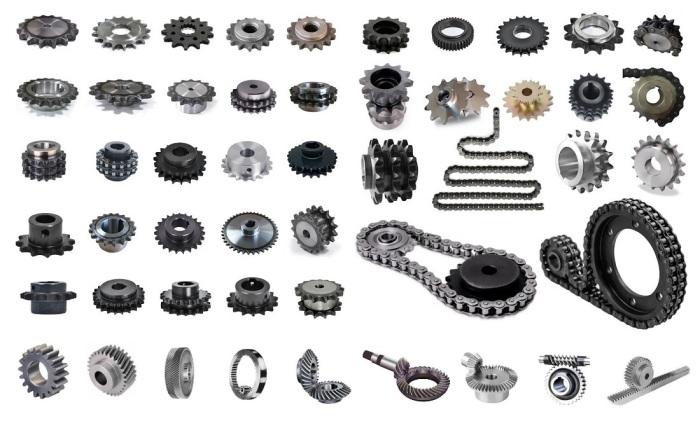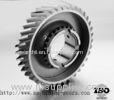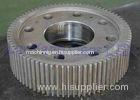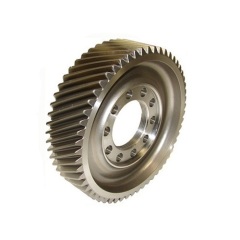



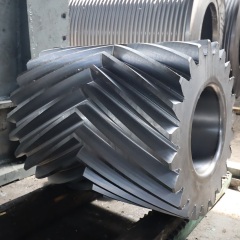

Hard Tooth Single Helical Gears
| Min. Order: | 100 Piece/Pieces |
|---|---|
| Trade Term: | FOB,CIF,EXW |
| Payment Terms: | T/T |
| Supply Ability: | 10000 pcs/month |
| Place of Origin: | Jiangsu |
Company Profile
| Location: | Yancheng, Jiangsu, China (Mainland) |
|---|---|
| Business Type: | Manufacturer, Trading Company, Service |
Product Detail
| Means of Transport: | Ocean, Air, Land |
|---|---|
| Processing: | Others |
| Shape: | Others |
| Standard or Nonstandard: | Others |
| Material: | Steel |
| Tooth Profile: | Helical Gear |
| Product Name: | Single Helical Gears |
| Size: | Standard or as per Customers' specs |
| Material: | Carbon Steel, Stainless Steel, Aluminium, Plastic, Cast Iron etc |
| Surface Treatment: | Black Oxide, Zinc Plating |
| Heat Treatment: | Hardening and Tempering, High Frequency Quenching, Carburizing Quenching etc. |
| Packaging: | Neutral Carton Box and Pallet |
| Service: | OEM, ODM |
| Standards: | DIN8178 and ISO/R606 |
| Application: | Medium to large conveyors, Mixers, Large pumps,Water treatment, Crushers |
| Production Capacity: | 10000 pcs/month |
| Packing: | Neutral Packaging |
| Delivery Date: | 30 days |
Product Description
Helical Gears, or "Dry Fixed" Gears, have teeth that are oriented at an angle to the shaft, unlike Spur Gears which are parallel. This causes more than one tooth to be in contact during operation and helical gears can carry more load than spur gears. Due to the load sharing between teeth, this arrangement also allows helical gears to operate smoother and quieter than spur gears.
Helical gears produce a thrust load during operation which needs to be considered when they are used. Most enclosed gear drives use helical gears.
an external contact helical gear in action

Helical gears offer a refinement over spur gears. The leading edges of the teeth are not parallel to the axis of rotation, but are set at an angle. Since the gear is curved, this angling makes the tooth shape a segment of a helix.
Helical gears can be meshed in Parallel or Crossed orientations. The former refers to when the shafts are parallel to each other; this is the most common orientation. In the latter, the shafts are non-parallel, and in this configuration the gears are sometimes known as "skew gears".

A disadvantage of helical gears is a resultant thrust along the axis of the gear, which must be accommodated by appropriate thrust bearings. However, this issue can be circumvented by using a Herringbone Gear or Double Helical Gear, which has no axial thrust - and also provides self-aligning of the gears. This results in less axial thrust than a comparable spur gear.
Another disadvantage of helical gears is also a greater degree of sliding friction between the meshing teeth, often addressed with additives in the lubricant.
Different Types of Helical Gears
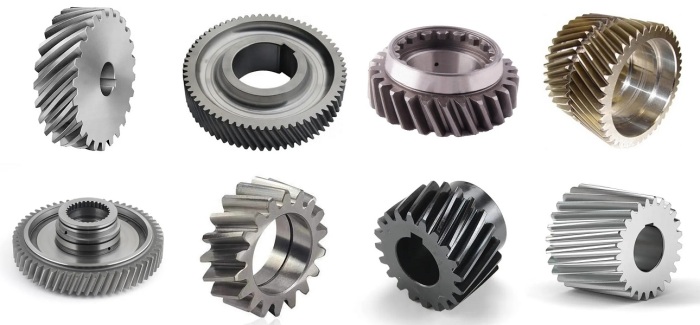
We are a leading manufacturer of a wide range of power transmission products such as Gears, Chain Sprockets, Bearing Housings, Adapter Sleeves, Withdrawal Sleeves, Precision Lock Nuts, and many other bearing accessories.
We can produce a wide range of standard and bespoke gears like Spur Gears, Helical Gears, Internal Gears, Miter Gears, Bevel Gears, Worm Gears, Rack and Pinions and so on.
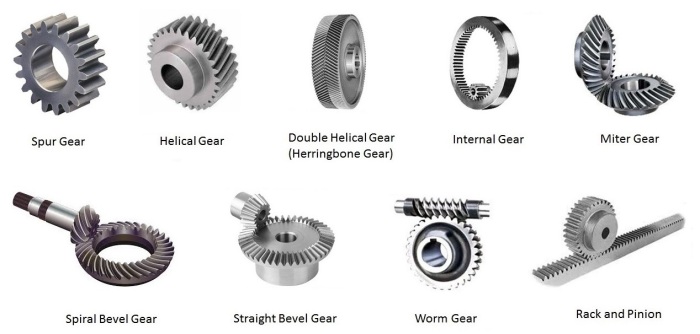
All of our gears and chain sprockets are made from top quality steels and can be further adapted for high performance with coatings such as black oxide or zinc plating.
To enhance the hardness and wear resistance of the tooth surface, the tooth surface can be subjected to high frequency quenching and heat treatment, thereby increasing the life of the chain sprockets and gears.

Our helical gears grant high performances on a wide array of industrial applications. Their resistance to wear and fatigue is way above the standard requirements according to relevant ISO regulation. Thanks to our top-notch production capacity, we can offer many different series and also customised power transmission products.
Aside from standard products, we can also produce special customized Chain Sprockets, Gears, Gear Racks, and many other industrial products according to customers' drawings and samples.
